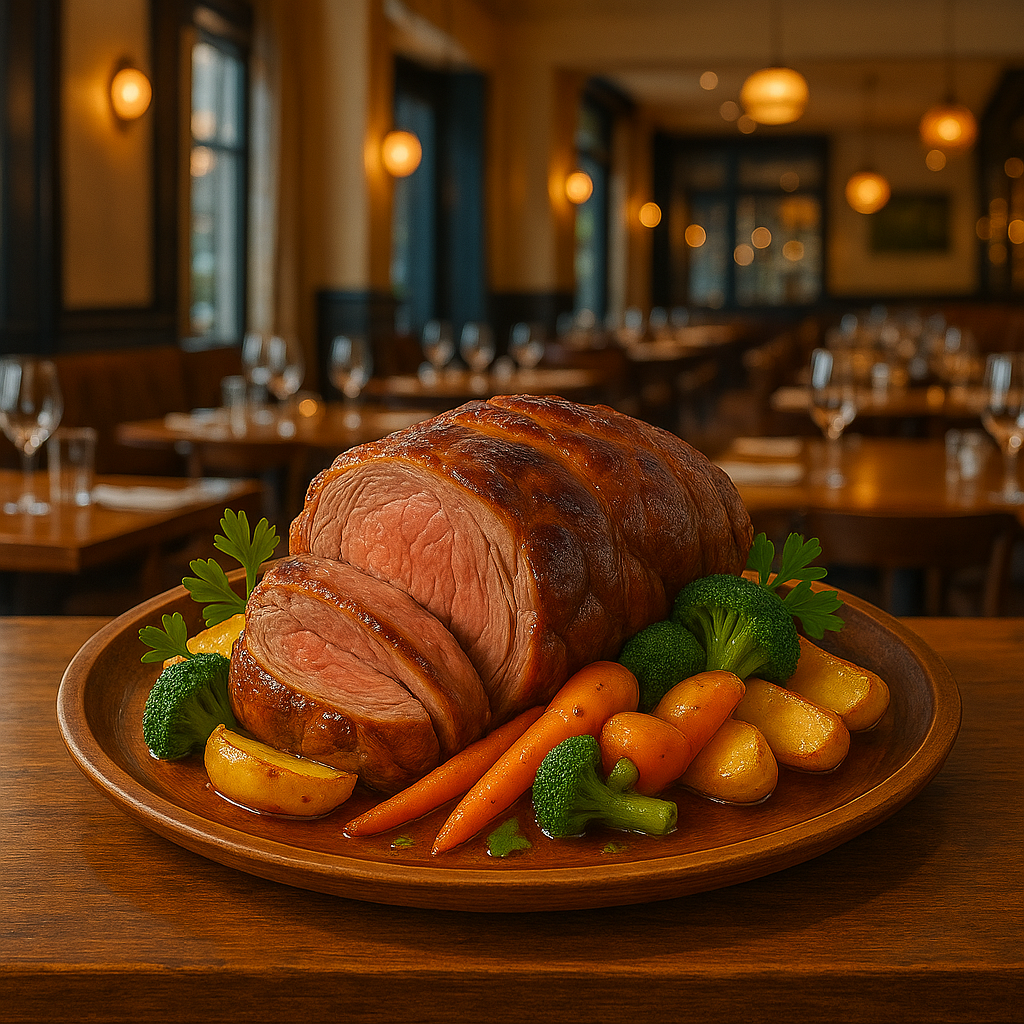Table of Contents
Introduction to Chinese Cuisine
Chinese cuisine is a rich tapestry woven from thousands of years of cultural evolution, history, and regional variations. Celebrated for its diverse flavors and techniques, it stands as one of the most prominent culinary traditions in the world. The uniqueness of Chinese food arises from a fusion of the country’s extensive geography, climate, and ethnic diversities, enabling an array of ingredients and cooking methodologies that reflect regional specialties.
Each region in China offers its own distinct culinary profile. For instance, Sichuan cuisine is renowned for its bold use of spices and flavors, particularly its characteristic heat from Sichuan peppercorns and chili oil. This contrasts sharply with the subtler flavors found in Cantonese cuisine, which often emphasizes freshness, delicacy, and sophistication, spotlighting the natural tastes of ingredients like seafood and vegetables. The prominent techniques deployed in Chinese cooking also vary; some regions favor stir-frying and steaming, while others embrace braising and roasting.

The cultural significance of Chinese cuisine extends beyond mere sustenance, often serving as a unifying force within communities and families. Traditional dining experiences, such as shared meals with multiple dishes, embody values of harmony and togetherness, fostering social connections. Moreover, each dish often carries historical or symbolic meanings that reflect the Chinese philosophy of balance in life and the interdependence of various elements.
As we delve into the culinary diversity of China, understanding the intricate layers of its cuisine will enhance our appreciation for its regional distinctions, particularly the fiery allure of Sichuan cuisine and the exquisite finesse of Cantonese dim sum. The journey through these unique flavors and cooking styles showcases not just food, but a vital part of China’s cultural identity.
Understanding Sichuan Cuisine
Sichuan cuisine, known for its bold flavors and diverse culinary techniques, holds a prominent position in the pantheon of Chinese gastronomy. Characterized by an intensity that appeals to adventurous palates, Sichuan dishes often incorporate a distinct spiciness that sets them apart from other regional varieties. Central to this culinary style is the Sichuan peppercorn, which imparts a unique numbing sensation that enhances the heat of the chile pepper, creating a multifaceted flavor profile.
The historical influences on Sichuan cuisine are diverse and can be traced back to ancient trade routes that facilitated the exchange of culinary ideas and ingredients. Sichuan’s geographical location, nestled in a mountainous region, endowed it with fertile land and a rich agriculture that allowed the growing of various spices and herbs, making it a vital center for culinary experimentation. Over time, this has led to signature dishes that epitomize the regional flavor, such as Mapo Tofu—a spicy tofu dish cooked in a rich sauce made from fermented broad bean paste—and the ever-popular Kung Pao Chicken, which combines marinated chicken with peanuts and a variety of vegetables, showcasing a perfect balance of texture and flavor.
Moreover, the dining culture surrounding Sichuan cuisine often emphasizes communal eating, where large dishes are shared among diners, enhancing social interactions. Foods are typically served family-style, fostering a sense of togetherness and celebration. The meal often culminates in a variety of contrasting flavors, from hot and numbing to sour and savory, which is a hallmark of the Sichuan dining experience. By embracing these cultural practices and flavors, patrons not only taste a meal but also engage in the rich tapestry of Sichuan’s culinary heritage.
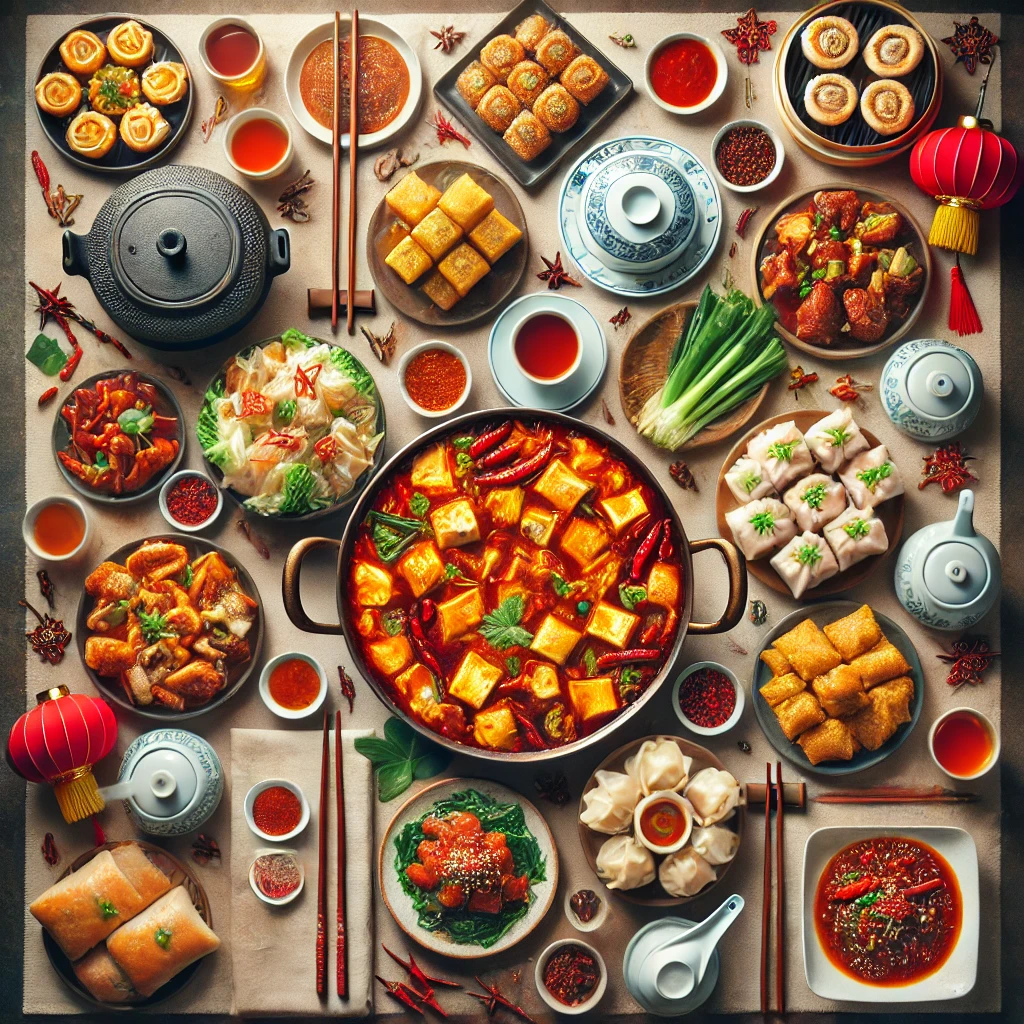
Signature Dishes of Sichuan
Sichuan cuisine is renowned for its bold flavors and distinctive cooking techniques, making it a vibrant representation of China’s culinary diversity. The hallmark of Sichuan dishes is their complex profile, often characterized by the intense flavor of spices, particularly Sichuan peppercorns, which impart a unique numbing sensation. One cannot explore Sichuan without mentioning the iconic Mapo Tofu. This dish features silken tofu set in a spicy, fragrant sauce made from fermented broad bean paste, garlic, ginger, and ground pork, topped with a sprinkle of Sichuan peppercorn for added depth. The combination of soft tofu and robust spices makes it a quintessential Sichuan staple.
Another dish that embodies the essence of Sichuan cuisine is the Kung Pao Chicken. This delightful stir-fry combines cubed chicken, peanuts, and vegetables with a savory sauce made from soy sauce, vinegar, and chili peppers. The dish is renowned not only for its flavor but also for its vibrant presentation, often garnished with sliced scallions and served over white rice. The preparation method emphasizes quick cooking at high heat, which helps maintain the textures of the ingredients.
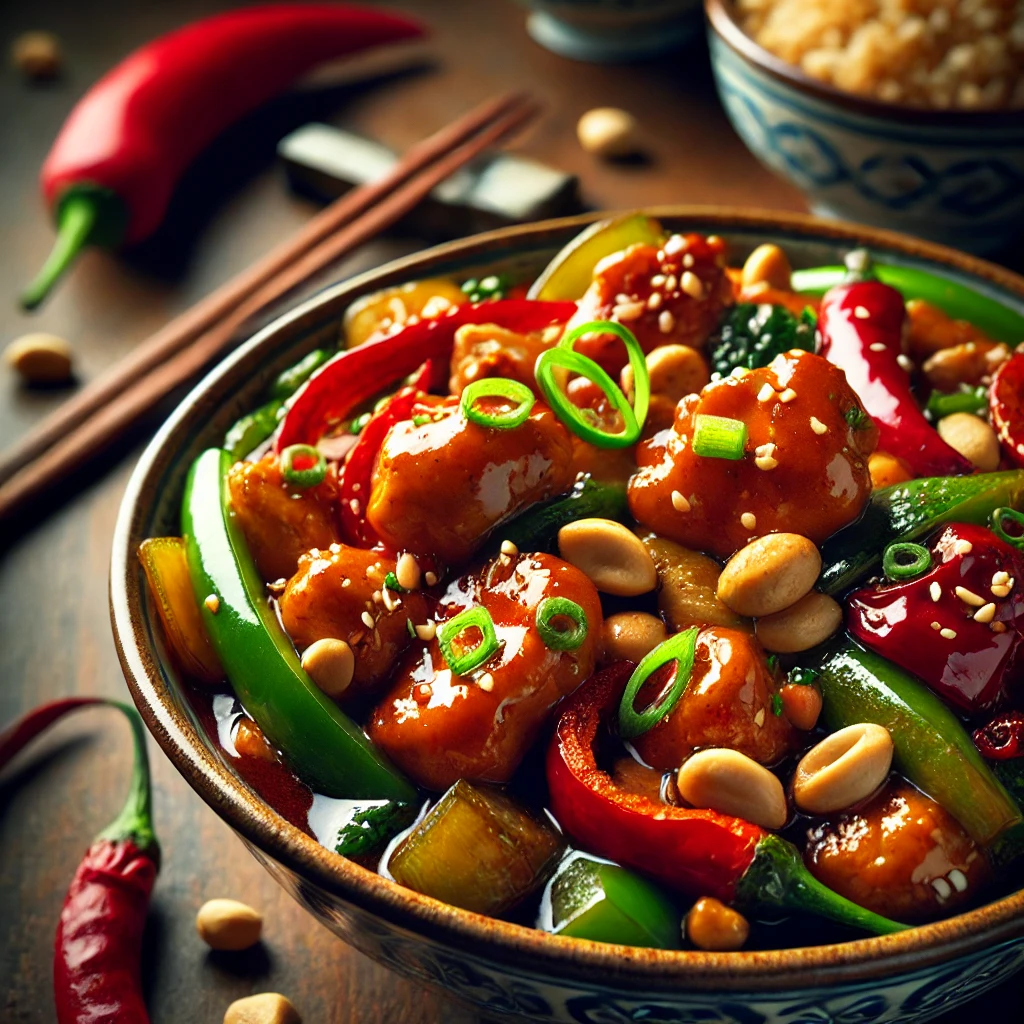
Additionally, Sichuan Hot Pot stands out as an iconic communal dining experience. Diners gather around a simmering pot of spiced broth, adding a variety of ingredients such as thinly sliced meats, vegetables, and noodles. The experience allows for personalization, allowing each diner to control the heat and flavor of their meal. Traditionally, the broth is infused with an array of spices, creating a rich, aromatic base that exemplifies Sichuan’s reputation for fiery dishes.
Each of these signature dishes not only highlights essential ingredients and cooking techniques typical of Sichuan cuisine but also reflects the region’s deep-rooted cultural philosophies surrounding food and dining experiences, ultimately providing a taste of Sichuan’s vibrant culinary landscape.
An Overview of Cantonese Cuisine
Cantonese cuisine, originating from the Guangdong province in southern China, is renowned for its emphasis on fresh ingredients and diverse cooking techniques. This culinary tradition stands out for its delicate flavors, which prioritize the natural taste of the ingredients rather than being masked by heavy sauces or spices. The hallmark of Cantonese cooking lies in its versatility; it employs a wide array of cooking methods such as stir-frying, steaming, and braising, allowing chefs to showcase seasonal produce and promote healthy dining choices.
The historical context of Cantonese cuisine can be traced back centuries, influenced by regional trade and cultural exchanges. The movement of goods and ideas along the Pearl River Delta established Canton as a major commercial hub, contributing to the development of unique culinary practices. As cooks adapted influences from different regions, Cantonese cuisine evolved, incorporating techniques and flavors from Southeast Asia and beyond. As a result, Cantonese food includes a rich tapestry of flavors, showcasing everything from seafood to poultry, and vegetables to rice dishes.
One of the most recognizable aspects of Cantonese cuisine is dim sum, a traditional dining experience that originated in teahouses and has blossomed into a globally celebrated culinary phenomenon. Dim sum encompasses a range of bite-sized dishes, served in small steamer baskets or on small plates, and is typically enjoyed as part of a shared meal. This social aspect of dining has played a crucial role in elevating Cantonese food to prominence both domestically and internationally. The diversity of dim sum not only highlights the creativity of Cantonese chefs but also appeals to a wide array of palates, making it an enduring favorite in restaurants worldwide.
Delicious Dim Sum: A Cantonese Tradition
Dim sum represents a cherished aspect of Cantonese cuisine, characterized by a diverse array of bite-sized dishes typically enjoyed during brunch or tea time. With its origins tracing back to the southern provinces of China, particularly Guangdong, the tradition began as a light meal for travelers on the Silk Road, who sought refreshing morsels to accompany their tea. Over the centuries, dim sum evolved into a culinary experience that celebrates both food and fellowship.
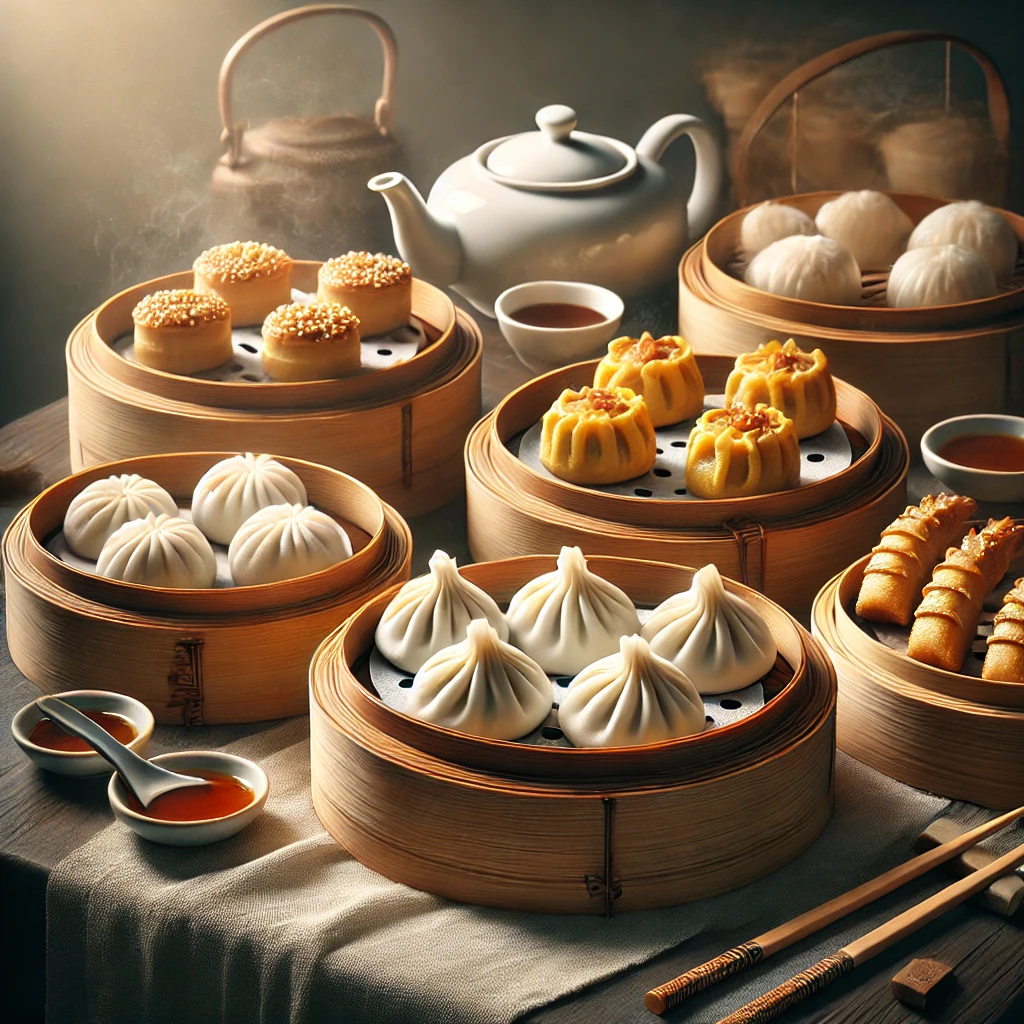
The variety of dim sum is astounding, encompassing steamed, fried, and baked dishes that cater to a range of tastes and textures. Some of the more popular items include shrimp dumplings, steamed pork buns, and rice rolls, each crafted with precision and care. The delicate balance of flavors in dim sum is complemented by an impressive selection of dipping sauces, enhancing enjoyment and stimulating the palate. Additionally, new variations of traditional recipes have emerged, representing the creativity and innovation prevalent in contemporary Cantonese cooking.
One of the most vibrant aspects of dim sum is its social nature. Dining on dim sum is often a communal experience, where families and friends gather around round tables to share an assortment of dishes. Traditionally served via rolling carts by waitstaff, diners choose their favorites as they pass by, allowing for spontaneity and discovery in every meal. The leisurely pace of dim sum dining encourages conversation and connection, making it a beloved tradition that goes beyond simply enjoying food. As a testament to the culture’s valuing of togetherness, dim sum brings people together to create lasting memories over shared plates, making it an essential part of Cantonese heritage.
Popular Dishes in Cantonese Cuisine
Cantonese cuisine is renowned for its emphasis on freshness, seasoning, and the delicate balance of flavors. Among the myriad of dishes that characterize this culinary tradition, BBQ Pork, Steamed Fish, and Sweet and Sour Pork stand out as quintessential representations of Cantonese flavors.
BBQ Pork, or “Char Siu,” is a beloved dish distinguished by its succulent, sweet, and savory profile. The preparation involves marinating strips of pork in a mixture of hoisin sauce, honey, five-spice powder, and soy sauce. This marinade not only imparts a rich flavor but also contributes to the dish’s iconic red hue. Char Siu is commonly served with rice or as filling in various buns, making it a staple in both home kitchens and restaurants throughout Guangdong and beyond.
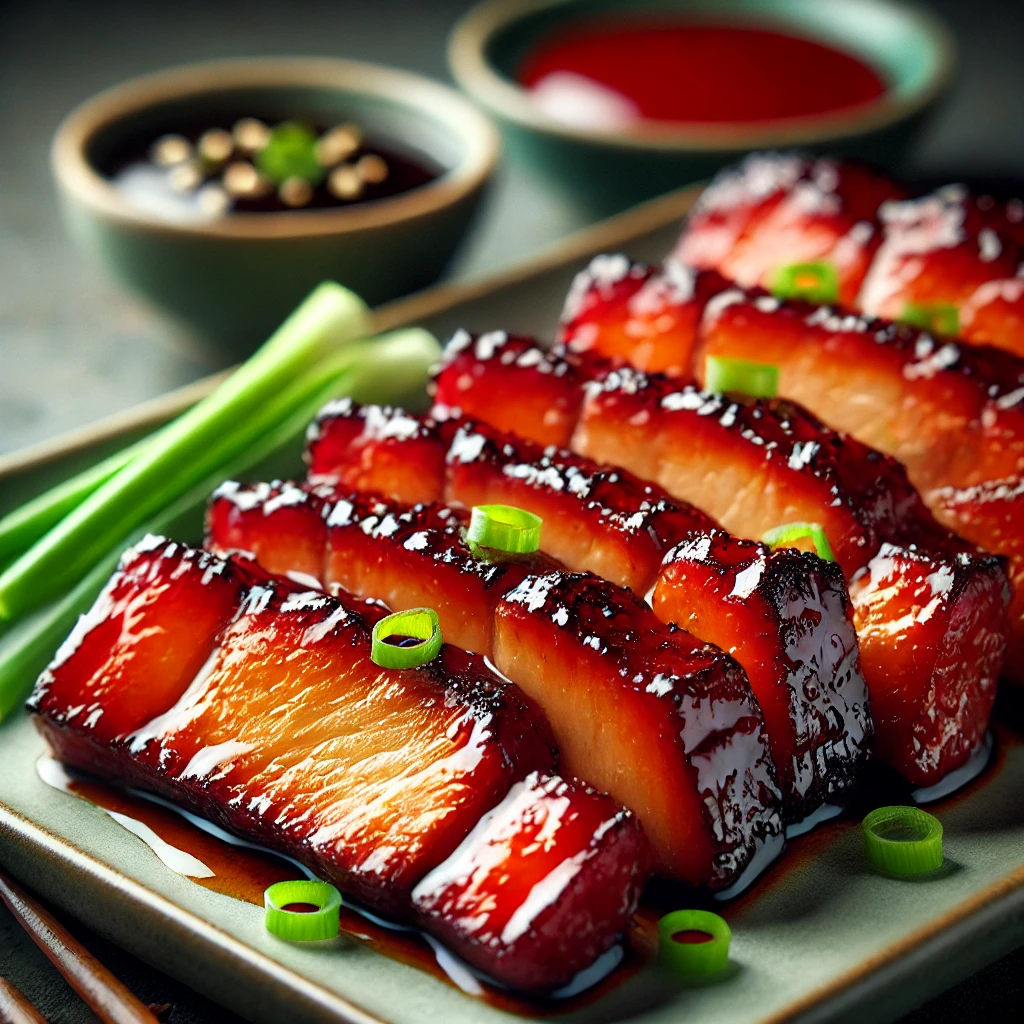
Steamed Fish is another hallmark of Cantonese dining, celebrated for its simplicity and respect for the natural flavors of the ingredient. Typically, a whole fish such as tilapia or grouper is used. The fish is steamed with ginger, scallions, and a splash of soy sauce, allowing for a clean and delicate taste. This dish is particularly significant during family gatherings, symbolizing abundance and good fortune, embodying the Cantonese ethos of celebrating freshness and seasonality.
Sweet and Sour Pork represents a classic intersection of flavors that define Cantonese cooking. The pork, often fried until crispy, is coated in a vibrant sauce made from vinegar, ketchup, and sugar, resulting in a delightful contrast between tangy and sweet. This dish is widely popular in both casual dining and more upscale Chinese restaurants, showcasing the ability of Cantonese cuisine to adapt and please varied palates.
Collectively, these dishes not only highlight the culinary techniques and ingredient choices that characterize Cantonese cuisine but also reflect its cultural significance within both home cooking and the restaurant scene. Each dish tells a story of tradition and adaptability, making Cantonese cuisine a vibrant aspect of China’s culinary diversity.
Regional Ingredients and Techniques in Chinese Cuisine
Chinese cuisine is renowned for its remarkable diversity, largely attributed to the extensive range of regional ingredients and cooking techniques employed across the country. Each region boasts unique characteristics that not only define its culinary practices but also influence the flavors and textures found in traditional dishes. Two of the most notable regional cuisines in China are Sichuan and Cantonese, each offering a distinctive gastronomic experience shaped by local resources and methodologies.
In Sichuan cuisine, the use of bold flavors is a hallmark, showcasing a variety of ingredients like Sichuan peppercorns, chili peppers, and fermented products that impart both heat and depth. These ingredients contribute to the signature numbing and spicy profiles characteristic of Sichuan dishes. Additionally, the region’s cooking methods, such as stir-frying and steaming, enhance the natural flavors of the ingredients, creating a dynamic interplay of taste and aroma. Rice plays a central role in Sichuan meals, often served alongside a rich array of vegetables and proteins that showcase the local harvest.
Conversely, Cantonese cuisine is celebrated for its emphasis on freshness and subtle flavors. Ingredients such as seafood, pork, and a wide range of vegetables are commonly utilized. Techniques such as steaming and quick stir-frying are prevalent, allowing the freshness of the ingredients to shine through. The famous Cantonese dim sum exemplifies the meticulous craftsmanship involved in preparing small, flavorful dishes, often showcasing ingredients like shrimp, pork, and various dumpling fillings. Rice and noodles serve as staples, often accompanying meals or acting as a base for the myriad of culinary creations found throughout the region.
This diversity in regional ingredients and techniques not only highlights the richness of Chinese cuisine but also reflects the deep cultural traditions that influence daily eating habits. As one explores the culinary landscapes of China, the interplay between local resources and cooking styles reveals the profound connection between food, culture, and community.
Fusion Trends and Global Influence
In recent years, the culinary landscape has witnessed a remarkable surge in fusion trends, particularly as Sichuan and Cantonese cuisines have made their mark on the global stage. These two distinctive Chinese culinary styles, each with rich flavor profiles and traditional techniques, have successfully adapted to contemporary palates by incorporating international elements. This adaptability has been facilitated by increased globalization, which has led chefs and home cooks alike to experiment with diverse ingredients and cooking methods.
One striking example of fusion cuisine is the emergence of Sichuan-style tacos. These innovative dishes combine the bold, fiery flavors of Sichuan peppercorns with the traditional format of Mexican tacos, resulting in a unique culinary experience that highlights the versatility of Sichuan cuisine. Similarly, Cantonese dim sum has been reimagined to include global influences, such as the introduction of truffle-infused dumplings, which offer a luxurious twist on a classic dish and serve as a testament to the enduring appeal of dim sum.
Moreover, the trend of incorporating international cuisines into traditional Chinese dishes is evident in the culinary realm of major cities worldwide, where restaurants thrive on creating cross-cultural delicacies. For instance, a popular trend is the fusion of Cantonese roast meats with Mediterranean ingredients, such as lamb and olives, allowing for a richer flavor palate while retaining the essence of traditional cooking methods. This dynamic interaction between Sichuan and Cantonese cuisines and global culinary practices exemplifies the ongoing evolution of food culture.
Ultimately, the exploration of fusion trends and global influences in Chinese gastronomy underlines the adaptability of these culinary traditions. By embracing innovation while honoring their roots, chefs are not only enriching the dining experience but also paving the way for a diverse culinary future, where flavors from around the world can seamlessly coexist and thrive within the framework of traditional Chinese cuisine.
Conclusion: Celebrating Culinary Diversity
In exploring China’s culinary diversity, we have encountered a rich tapestry of flavors, techniques, and regional influences. The stark contrasts between Sichuan cuisine, known for its bold spices and heat, and Cantonese cuisine, celebrated for its delicate flavors and dim sum offerings, highlight the vastness of China’s culinary landscape. Each region offers distinct ingredients and cooking styles that reflect local customs, climate, and history, making Chinese cuisine a vibrant area of exploration.
Understanding this diversity is vital, as it allows individuals to appreciate the intricate nature of food culture in China. Sichuan’s fiery peppers and fragrant spices invite adventurous eaters to experience a depth of flavor that excites the palate. Meanwhile, Cantonese cuisine emphasizes freshness and artistry in presentation, evident in its world-renowned dim sum, which provides a shared dining experience that brings people together. These distinctions are not just culinary; they embody the essence of the communities they represent, showcasing their cultural heritage.
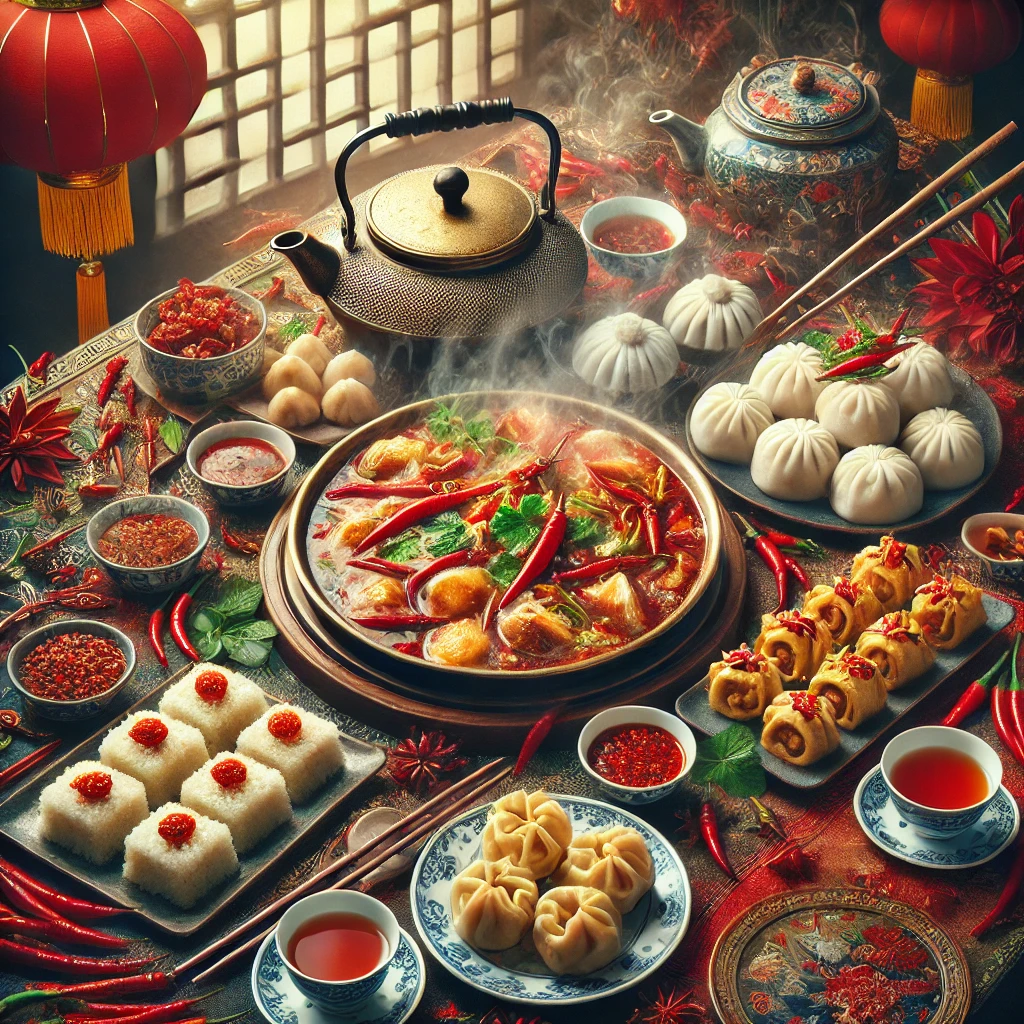
Encouraging readers to delve into these flavors fosters a deeper appreciation for the overall culinary heritage of China. Sampling an array of dishes from both Sichuan and Cantonese kitchens enriches one’s understanding of the region’s diverse gastronomic traditions. Whether it is savoring the spicy notes of Mapo Tofu or relishing the delicate tastes of steamed dumplings, each dish tells a story of its origin and the people who prepare it.
As we conclude this exploration, we invite everyone to seek out and enjoy the multitude of flavors that define Chinese cuisine. In experiencing these diverse culinary traditions, we honor not only the food but also the rich cultural fabric that binds them together.




